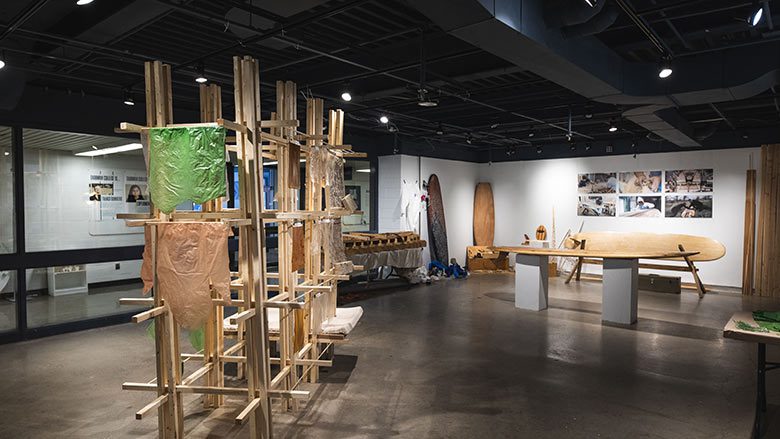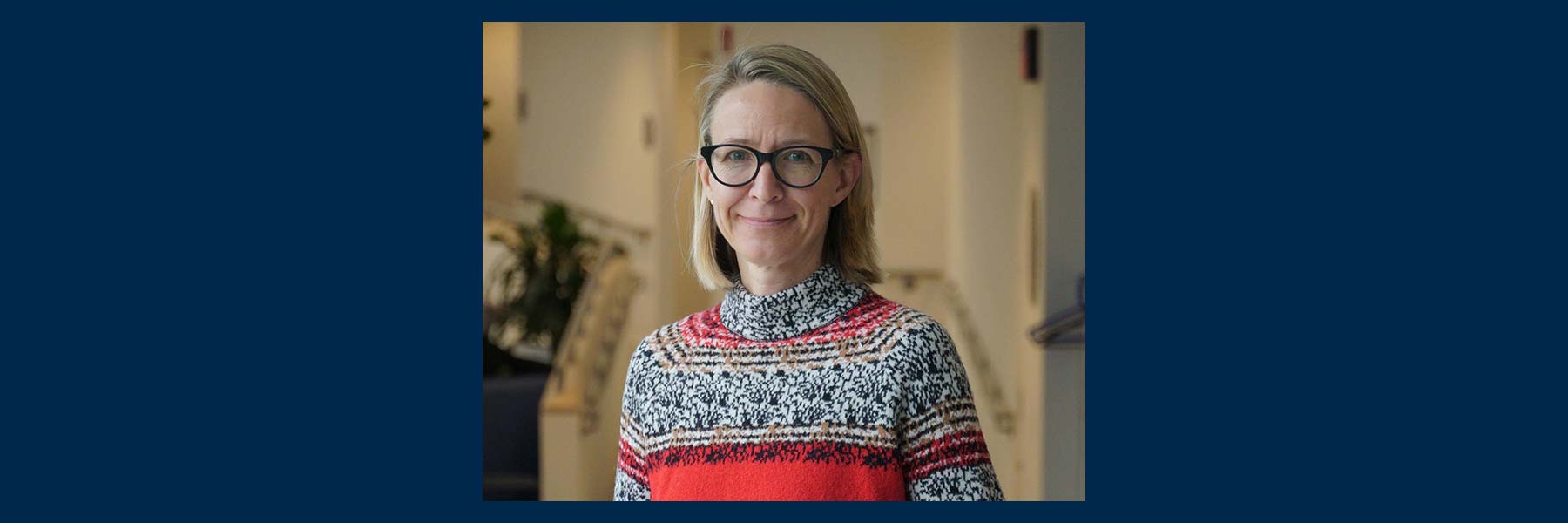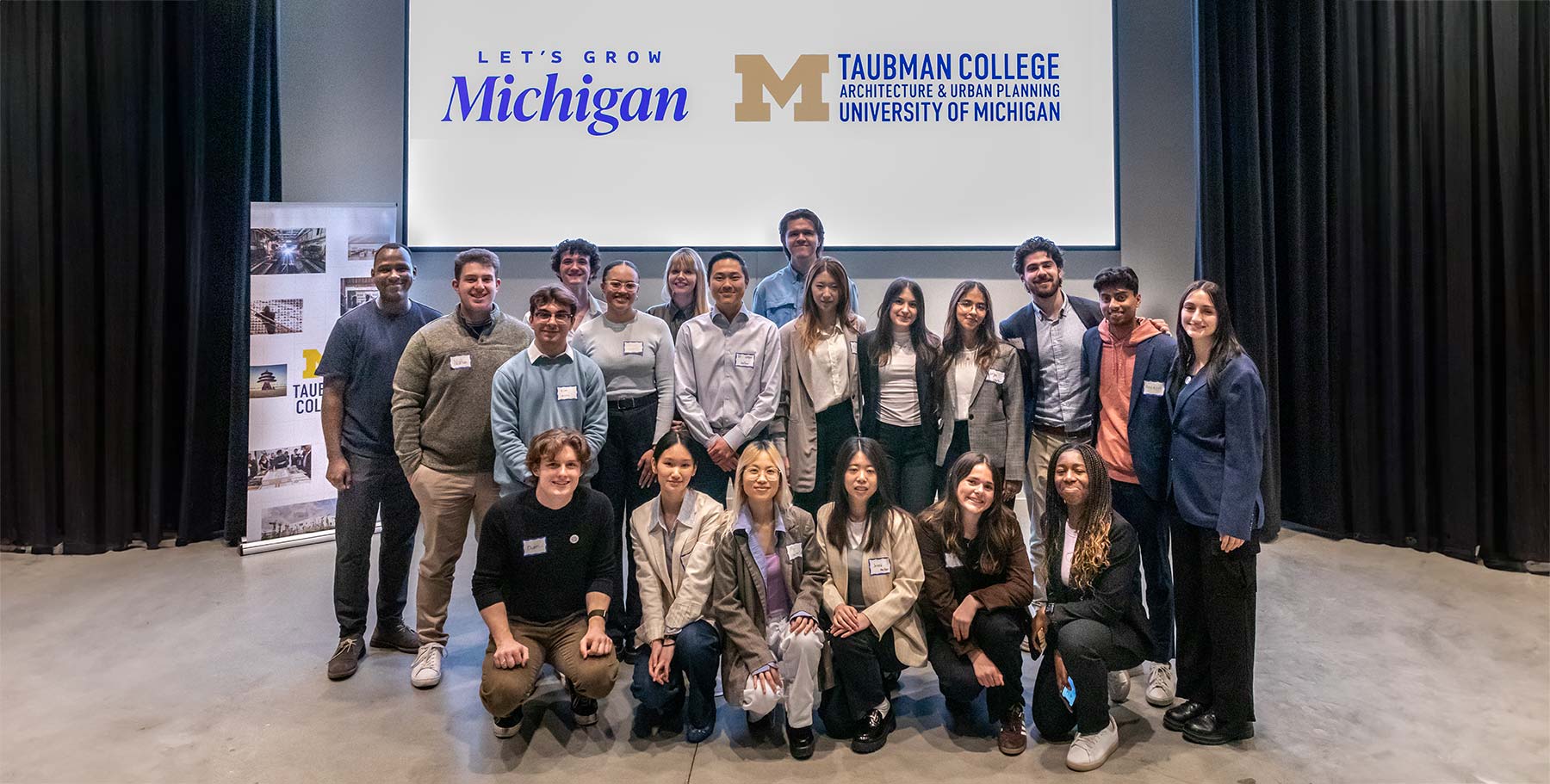The inspiration for the 2021–2022 Architecture Student Research Grant (ASRG) projects varies from lifelong passions to ideas first developed in a Taubman College studio. But the common thread is gratitude for the ability to dive deep into interests through research beyond the classroom.
“The ASRG has helped us scratch an itch that we have had since our first semester here,” said Justin Vernon and Prescott Trudeau, whose Taubman BioLab project seeks to reduce waste generated by material and model studies at the college. “Design-build programs are something that attracted both of us to U-M, and the ASRG has helped us scale up, materialize, and speculate a realistic proposal. Over the course of the past eight months we have been able to develop concepts that extended far beyond the scopes of our studio courses with a lot more range of experimentation.”
The Architecture Student Research Grant, which was seeded with gifts from the Class of 2013 and continues to be funded through the generosity of Lisa Sauve, M.Arch ’11, M.S.’14, and Adam Smith, M.Arch ’11 (Synecdoche Design Studio, Ann Arbor), provides a unique opportunity for students to support outstanding research by their peers. The benefits for the recipients are many. “Receiving an ASRG made an immense financial, academic, and professional impact on both of our lives; this grant provided funding, spaces, and other resources neither of us had,” said Ellis Wills-Begley and Carson James Brown, who teamed up to develop a sustainable model for hollow-body surfboard production. “More importantly, this project revealed greater understanding of the health and environmental impacts of the current watercraft industry, and introduced us to numerous individuals, groups, and many more opportunities to build more sustainably.”
Sauve said that she and Smith support ASRG because they know the importance of such opportunities: “As we started our own design practice, opportunities for small projects with funding were the kickstart to our portfolio. Learning independently and through the act of making simultaneous to designing had a huge impact on our creative process and how we developed an alternative practice path. Being able to provide similar opportunities gives students the room to experiment and possibly launch their own practice, product prototype, inaugural publication, or something else. We like to think of it as no strings attached seed funding towards creative entrepreneurship.”
The 2021–2022 ASRG winners are:
Sustainable Hollow-body Marine Forms + Fabrication
Team members: Carson James Brown and Ellis Wills-Begley
“This collaborative research project combines architecture, ecosystem science, and marine fabrication techniques to develop a sustainable model for hollow-body surfboard production. We believe that further integrating these relatively disparate fields will promote fabrication processes that produce less waste, create healthier work environments, ensure more sustainable workforce development and material use. We hope to not only demonstrate further innovations in marine forms and fabrication, but also advocate for its direct applications to architectural design, sustainable material sourcing, and environmental education.”
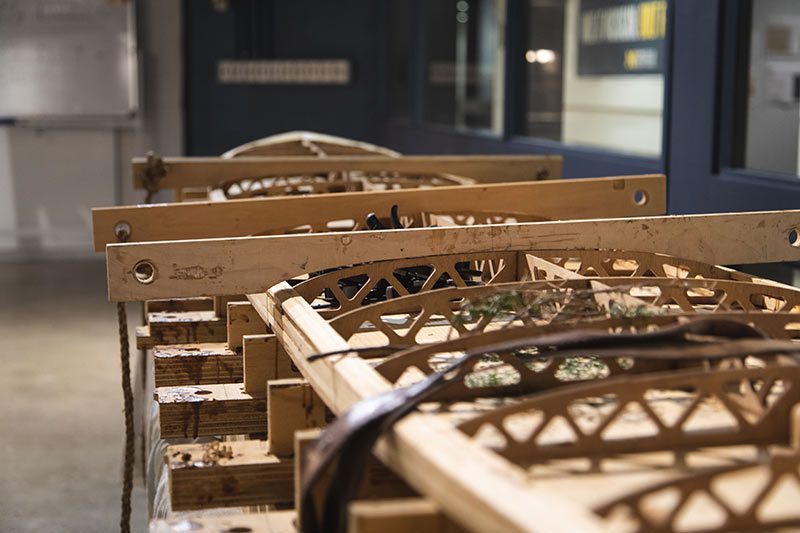
Sustainable Hollow-body Marine Forms + Fabrication
How did you come up with your idea?
Growing up near the shores of northwest and southwest Lake Michigan, we share passions for surfing, sailing, and sustainability. These passions have evolved not only into personal interests in making our own watercraft, but doing so in a way that can simultaneously raise awareness of sustainable building practices and help protect the Great Lakes.
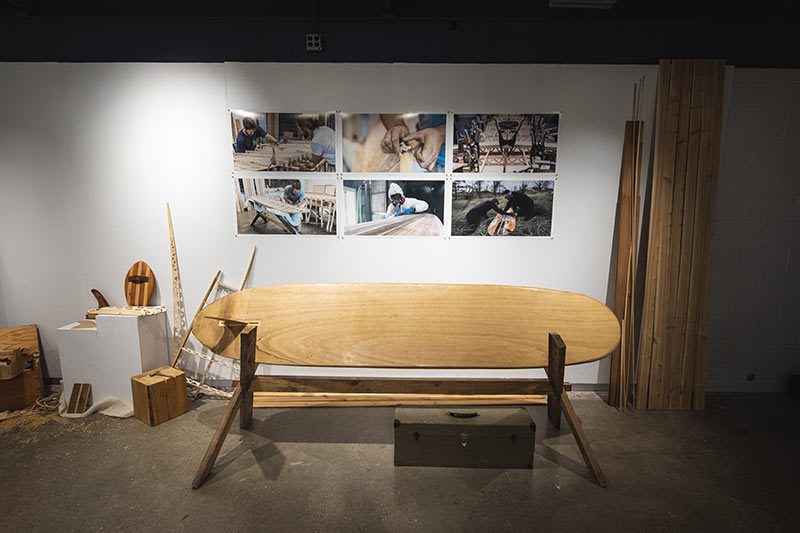
Sustainable Hollow-body Marine Forms + Fabrication
Who was helpful to you in developing your idea further?
Glenn Wilcox, associate professor of architecture at Taubman College and our advisor on the project, was a huge support by providing resources, tools, and motivating our work through his own passion for boatbuilding. Abby Meyers, a Wallenberg Fellow and U-M alumna, contributed her photographic documentation skills, critical eye, prototype testing, and consistent support. We also credit the numerous other hollow-body board makers in the U.S. and abroad, from whom we have learned through their websites, images, and openly-shared and detailed process descriptions. The Taubman College Woodshop and FABlab staff also were instrumental in providing technical solutions, scheduling machine time, and offering space and resources during the fiberglassing phase.
Taubman BioLab
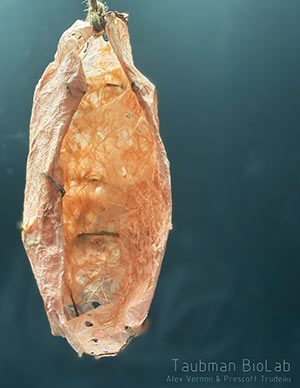 Taubman BioLab
Taubman BioLabTeam members: Alexander Justin Vernon and Clayton Prescott Trudeau
“Taubman BioLab proposes a material-driven course of study through the integration of a deployable lab in the pursuit of bio-material exploration. At its core, it seeks to reduce waste generated by material and model studies at Taubman while also giving students the opportunity to explore new material options. Our project and exhibition materials suppose the full integration of the BioLab into the curriculum by examining a potential studio. This Propositions studio, “NapTime,” explores human form, critiques architectural pressures, and utilizes apparatus within the lab to generate sleeping furniture to be built across the school by a group of nine students.”
How did you come up with your idea?
Our idea was inspired by two precedents: the NOMA fermentation lab in Denmark, and Rural Design Studio. We sought to integrate a design-build studio in Taubman College that incorporated elements of sustainable material exploration.
Who was helpful to you in developing your idea further?
Many companies and schools are exploring eco-materials. Ecovative and machining experimentations from the M.S. program. While mycelium was our main focus, we wanted to expand beyond just mushrooms and dig into more in-situ or recycled materials as well.
Collaborating with Nature: Design Explorations into Biomaterials
Team Members: Rosa Manzo, Zoe Faylor, and Kara Bowers
“There is urgency to rethink our relationship with single-use materials. “Collaborating With Nature” is a project that explores the production and scalability of biodegradable materials through the use of algae and mycelium bio-composites. The purpose of these prototypes will be to increase the general knowledge base of bio-composite materials and their applications in design, as well as bolster our team’s future career and research interests.”
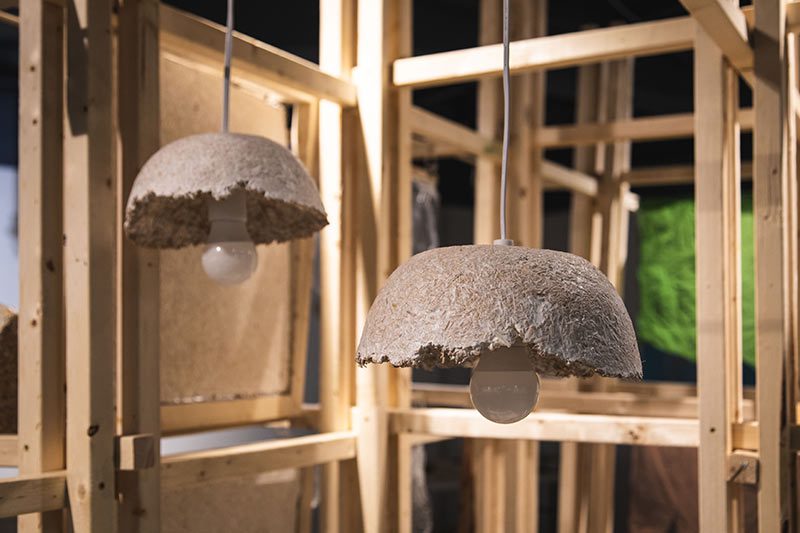
Collaborating with Nature: Design Explorations into Biomaterials
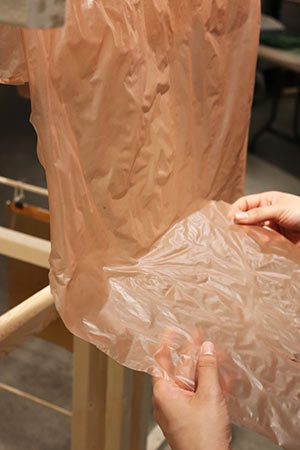 Collaborating with Nature: Design Explorations into Biomaterials
Collaborating with Nature: Design Explorations into BiomaterialsImage credit: Zoe Faylor (IG @practicalkitten)
How did you come up with your idea?
The idea came from a desire to fabricate and work with sustainable materials following our different Propositions studio projects that contended with environmental issues, biomaterials, and fabrication techniques. These interests and expertises shaped our proposal and the unfolding of the research over the course of this past year.
Who was helpful to you in developing your idea further?
The open-resource and published work of Cecilia Raspanti and Margaret Dunne with bioplastics and the team at Ecovative promoting the usage of “grow-it-yourself” mycelium was extremely helpful in developing our ideas. Their work and research served as a starting point for our own work and a point of departure for us as we defined our own body of research.
What does it mean to you to receive an ASRG?
Receiving the ASRG grant allowed us to take up space within the field of architecture to explore our interests. This was a unique opportunity we are extremely grateful for and hope to continue this work into our academic and professional careers.

